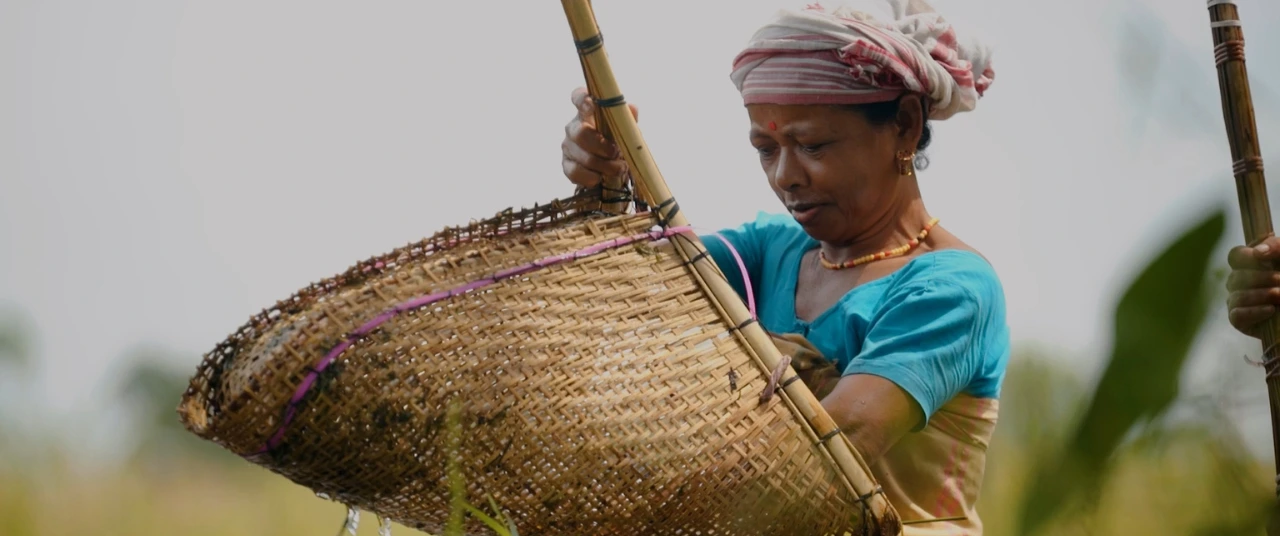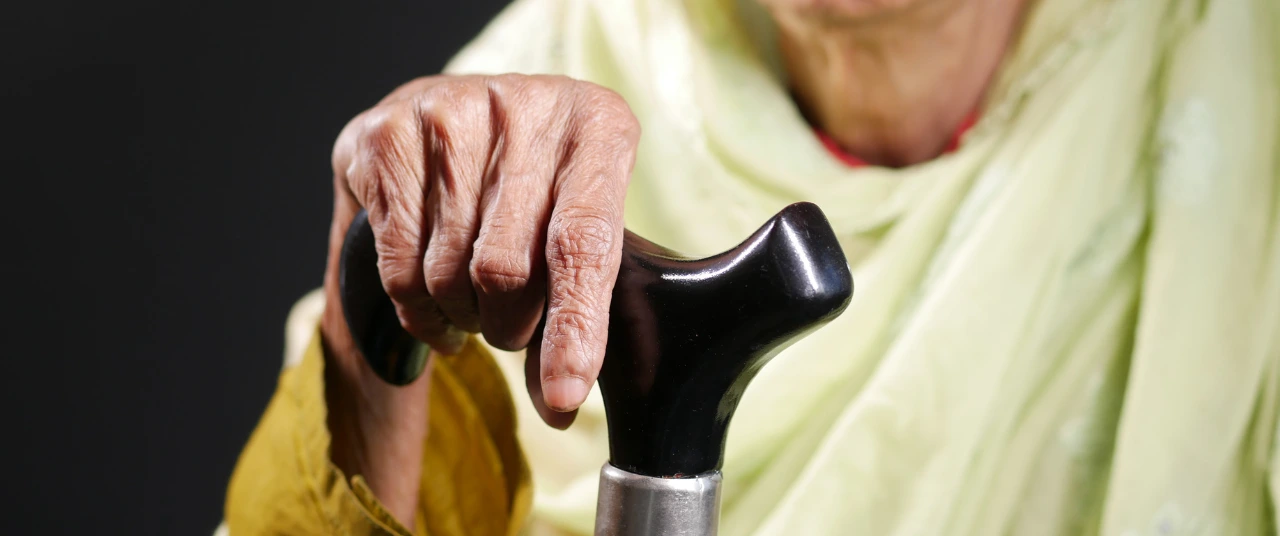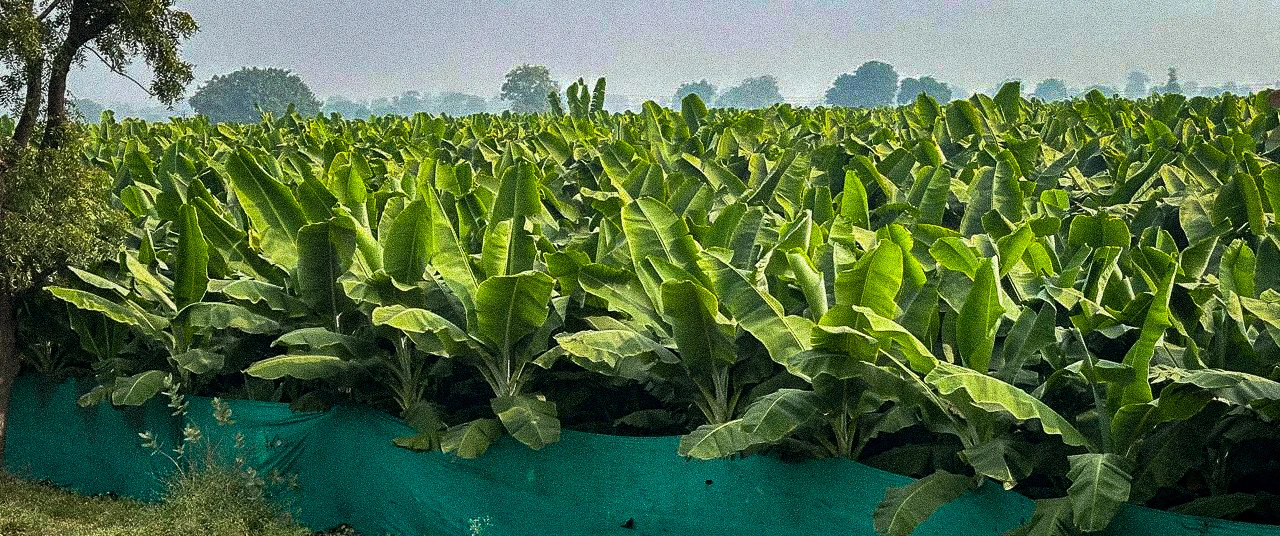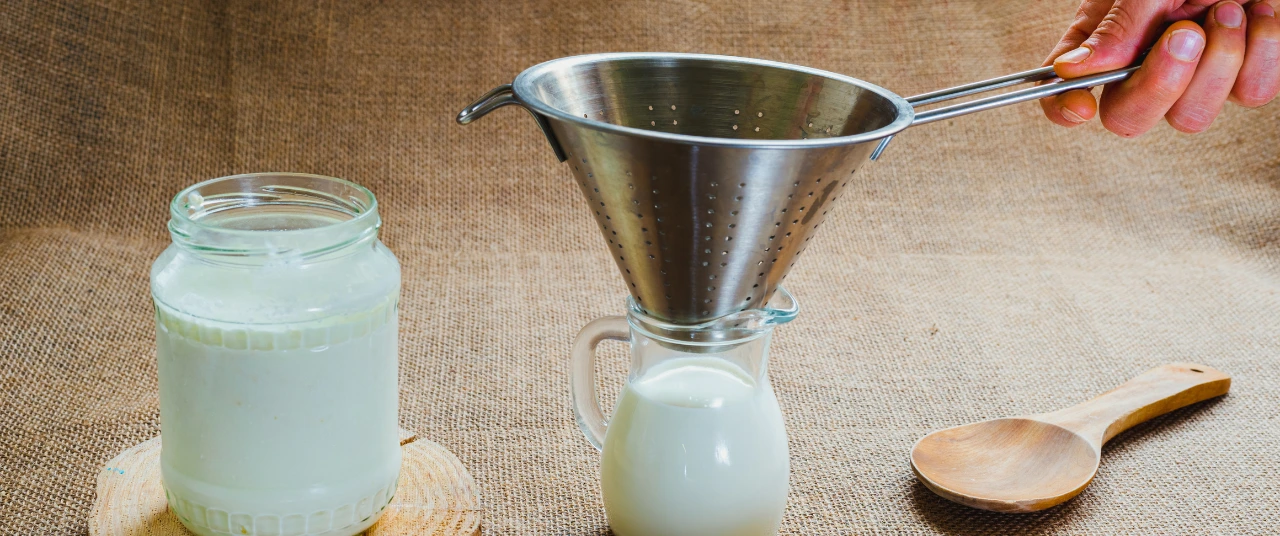Early detection and close monitoring are key to treating GBS






In Pune and some surrounding areas of Maharashtra, 140 cases of Guillain-Barré Syndrome (GBS)—a rare but treatable neurological disorder—have been reported over the last two weeks. GBS is an autoimmune disorder, causing one’s immune system to attack the body’s peripheral nerves. It is triggered by certain infections or illnesses. What this means is that, of a large group of people who have suffered an infection caused by particular bacteria or viruses, a small fraction will find that as they are recovering, their immune system mistakes their own nerve cells for pathogens, and attacks them.
Signs and symptoms
The initial symptoms include fever and diarrhoea, just like other commonplace infections. A few different bacterial or viral pathogens can cause the infections that lead to GBS–including Cytomegalovirus, Dengue virus, Influenza virus, Japanese encephalitis virus, Chikungunya virus, Mycoplasma pneumoniae, Epstein-Barr virus. But research has shown that there is a dominant bacteria in most GBS cases: Campylobacter jejuni. This bacterium, commonly found in poultry and animal feces, triggers GBS through molecular mimicry—its components resemble parts of human nerve cells, causing the immune system to mistakenly attack the nerves. Campylobacter jejuni spreads through contaminated water, raw milk or contaminated meat that is consumed uncooked.
All of this happens post-infection. A few days later, symptoms brought on by this kind of bacterial infection will diminish, and lead to sudden weakness and loss of sensation in all four limbs. In severe cases, the condition can make it difficult to walk, swallow, or breathe.
The disorder progresses rapidly, worsening over hours, days, or even weeks until certain muscles stop functioning. Some cases are mild, causing only brief weakness, while others lead to complete paralysis, sometimes requiring respiratory support. GBS can also affect your autonomic nerves–these are basically nerves that control the automatic functions of your body like blood pressure, heart rate and digestion. In the few cases that this happens, symptoms like cardiac arrhythmias, blood control issues, digestion problems may arise. These symptoms can easily be mistaken for a different condition, so it’s important to take note of them. When GBS affects a patient’s autonomic nerves, it can be life-threatening–but these are severe cases, and thus rare.
Also read: What happens when you stop taking antibiotics midway

Diagnosis and recovery
GBS is a fast moving disease. Ninety percent of patients report being at their weakest by the third week of experiencing symptoms.
The key here, much like other diseases, is to get an accurate and early diagnosis. An infection isn’t cause for concern, but if it’s followed by the symptoms of GBS, one should see a doctor immediately.
Once diagnosed, you do have a tough few weeks ahead of you. But it’s crucial to be monitored in a hospital facility, so that symptoms such as fluctuating blood pressure or breathing can be managed. Patients may need respiratory care, blood clot prevention and tube feeding, too.
There is no cure for this syndrome, but doctors usually employ a couple of therapies that can shorten recovery time.
One of them is a plasma exchange. A machine draws out your blood, separates the plasma from it, treats it and then returns the plasma to your body. It filters your plasma of the antibodies that are attacking your nerves. This treatment is fairly successful; it shortens recovery time for patients significantly and is considered generally safe.
The second significant therapy employed is intravenous immunoglobulin therapy (IVIG), which entails doctors injecting proteins that your immune system naturally makes to attach invading organisms–this essentially shushes the immune system, making it calm down and reducing attachment to the body. IVIG is most effective when administered early, ideally within the first two weeks of symptoms.
Also read: How bacteria evolve and survive antibiotics
The good news is that most people recover, even from the worst forms, though some may experience lingering weakness. In this way, GBS differs from other autoimmune diseases: it is not chronic, and it will not plague you for the rest of your life.
Though Guillain-Barré Syndrome is classified as rare, cases emerge periodically. In August 2023, around a dozen cases were reported in Mumbai, and another surfaced in Karnataka the same year. A similar outbreak was recorded in 2011 along the US-Mexico border, prompting an extensive epidemiological investigation. Researchers linked that outbreak primarily to contaminated drinking water.
As news of Pune’s rising cases spread on social media, many recalled the 2011 Mexico outbreak, which was also caused by Campylobacter-contaminated water.
What you should do
Avoid relying on WhatsApp forwards, which tend to hastily spread misinformation. Instead, rely on official health advisories. Many internet users are linking the outbreak to being a side effect of the COVID-19 vaccine, but no such claims have been confirmed by the health department or experts.
The Guillain-Barré Syndrome can be severe – but there are precautions you can take.
- Do not self-medicate: Avoid taking antibiotics without a doctor’s advice. If you experience symptoms, see a neurologist immediately
- Boil water before drinking
- Strictly avoid street food
- Wash fruits and vegetables thoroughly
- Cook your meats to a safe, consumable temperature
- Maintain strict hygiene—wash your hands frequently, do not share utensils or water bottles, and follow basic sanitation practices
As investigations continue, authorities and health experts urge the public to stay vigilant and prioritise water safety.
Government response
A hundred and forty cases in Maharashtra may look like a small number, but consider this: only about 0.3 per lakh cases of infection caused by Campylobacter jejuni turn into GBS. This is a commonplace bacterium, hence, and usually doesn’t cause much harm. This means that 130 cases of GBS must have been spurred from lakhs and lakhs of infections–pair this with the fact that most of the cases in Pune have been reported from the single region of Sinhagad, and this becomes a significantly large outbreak.
A Rapid Response Team has launched an epidemiological and sanitary survey in the affected areas in Pune. Water and food samples from Nanded and nearby regions are being collected and tested. According to Dr Nina Borade, Pune Municipal Corporation’s (PMC) health chief, the affected areas appear to share a common water source. Local residents have reported sewage accumulation near water pipelines. As a precaution, officials have recommended doubling the chlorine dosage in water supplies. Additionally, a ₹400-crore water treatment plant has been announced to upgrade the region’s water supply system.
Laboratory tests confirmed the presence of Campylobacter jejuni in stool samples. Dr Rajesh Karyakarte, Professor and Head of Microbiology at BJGMC, Pune, stated, “We need to inspect poultry and cattle sheds in these areas to determine whether water sources have been contaminated. This is a zoonotic infection, and contamination from animal waste must be investigated.”
While PMC is responding and collecting samples, experts do alert of some caution: GBS is usually very rare, so this scale of outbreak indicates some shift in how the bacteria and virus (norovirus, which can also cause GBS) is behaving. But there’s no evidence to show any mutation in these pathogens.
So, what’s happening, then?
A team at NIMHANS studied the impact of antecedent infections in GBS patients from 2014 to 2019. Among other observations, one stands out: in the study, co-infection by multiple pathogens was more common, seen in about 65% samples. This suggests a complex interplay among various bacteria and viruses can impact the risk of developing GBS.
Back in Pune, Dr Sameer Jog at Deenanath Mangeshkar Hospital and Research Centre holds a similar view, observing that a combination of infections have affected people plagued by GBS.
Overall, experts in Pune agree that the source of this outbreak can be mapped back to contaminated water. Though this is a developing story, new GBS cases have also been reported in other parts of the country. In Rajasthan, four cases have been confirmed, and all patients are undergoing treatment. Unfortunately, Kolkata, too, has reported two deaths caused by GBS.
Explore other topics
References


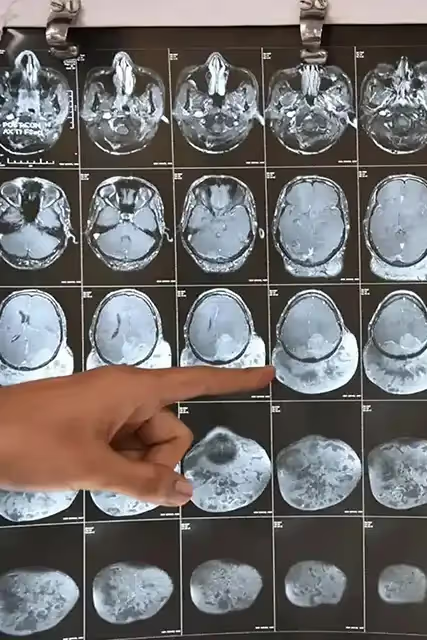



.avif)

